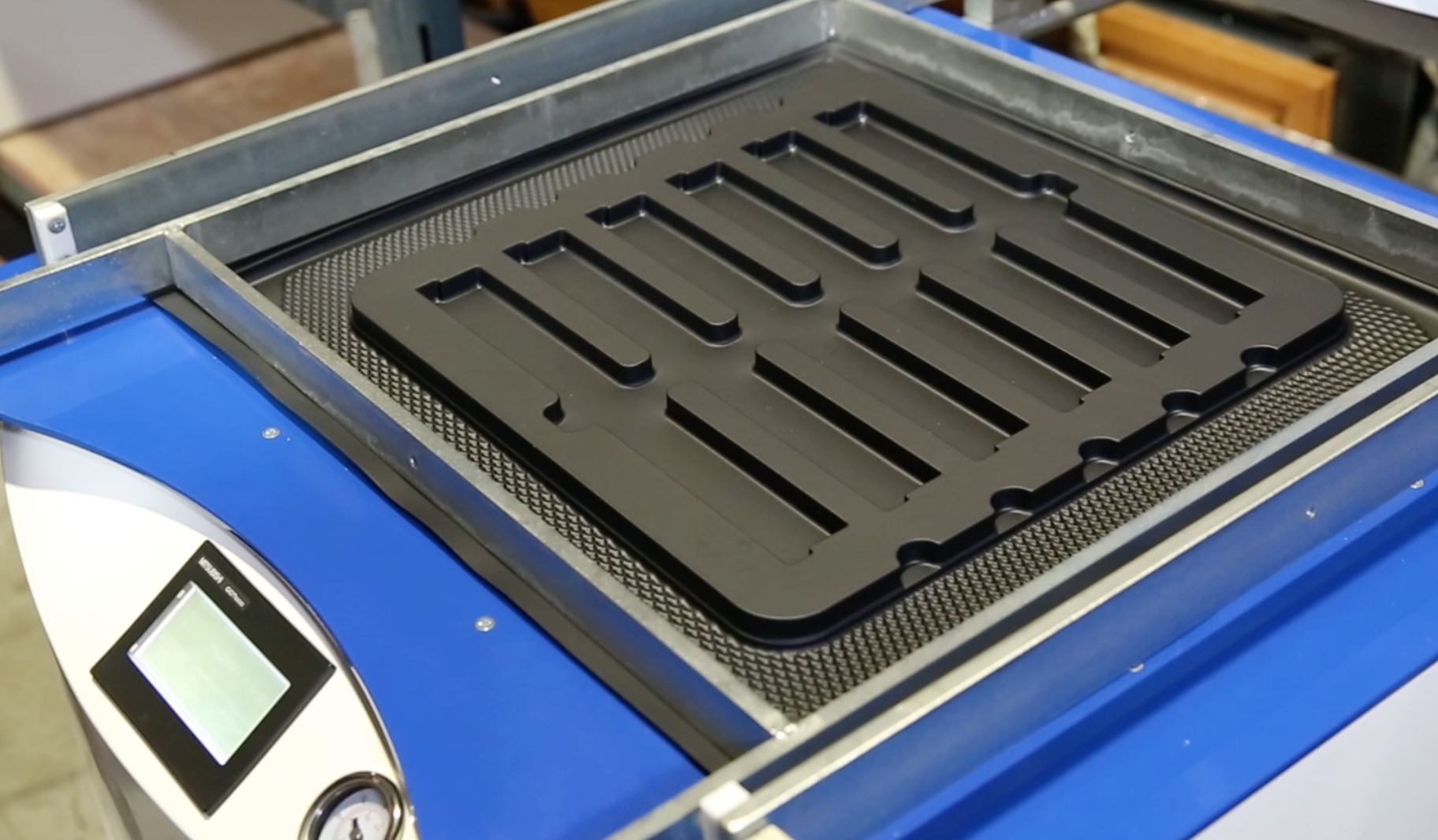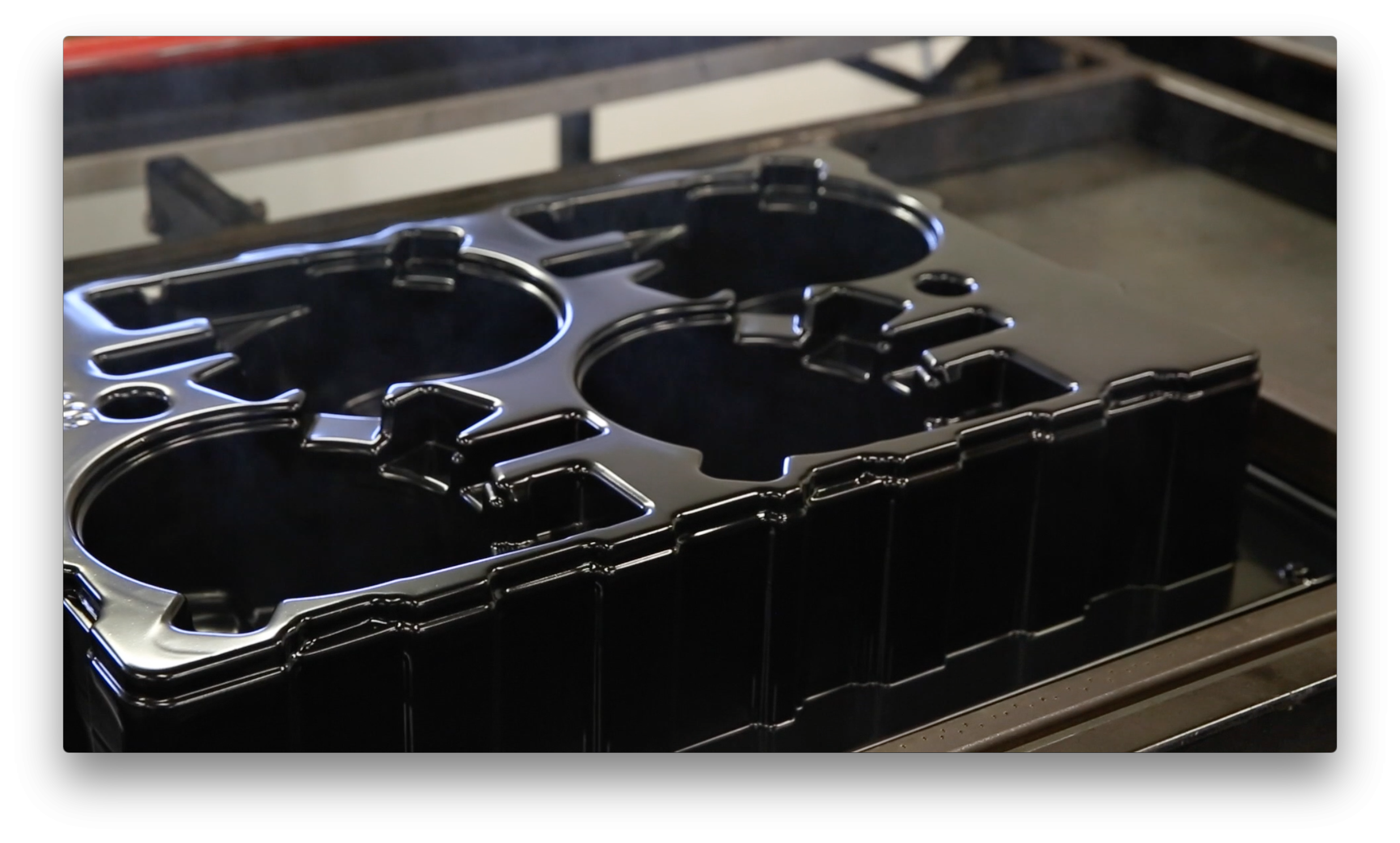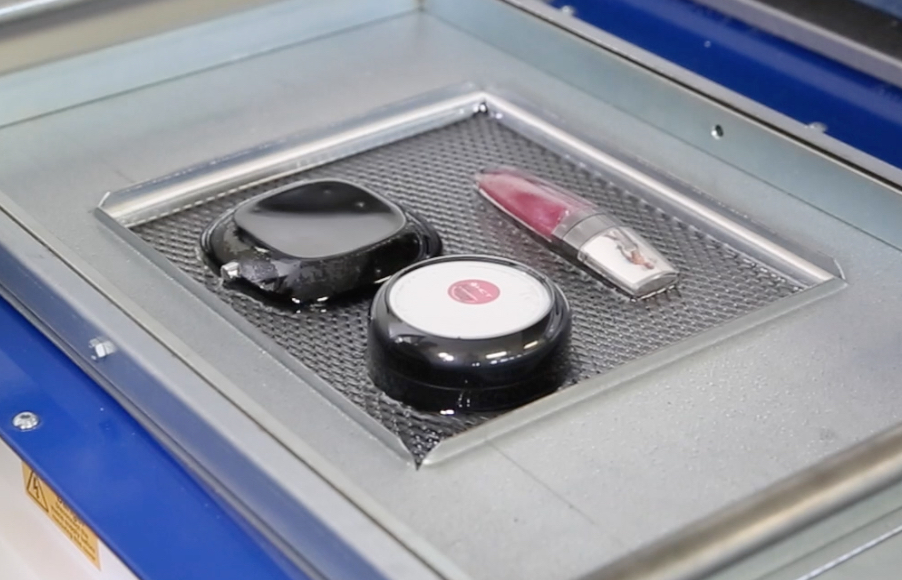Creating Plastic Trays with Vacuum Forming
Creating Plastic Trays with Vacuum Forming
From Flat Sheet to Functional Form
From Flat Sheet to Functional Form
Vacuum forming is a versatile process that allows manufacturers to transform flat plastic sheets into a variety of three-dimensional shapes. It's particularly well-suited for creating plastic trays, offering a cost-effective and efficient solution for everything from food packaging to component organization. This blog post will guide you through the basic steps of vacuum forming plastic trays, highlighting key considerations and best practices.
Understanding the Vacuum Forming Process
At its core, vacuum forming involves heating a plastic sheet until it becomes pliable, then draping it over a mold. A vacuum is then applied, drawing the plastic tightly against the mold's contours. Once cooled, the formed tray retains the shape of the mold. The excess plastic is trimmed away, leaving a finished product.
Steps to Vacuum Form a Plastic Tray:
-
Mold Creation: The mold is the heart of the process and dictates the final shape of your tray. Molds can be made from various materials, including wood, aluminum, or composite materials. The material choice depends on factors like production volume, complexity of the design, and budget. A well-constructed mold is crucial for achieving consistent and high-quality trays. Consider features like draft angles to facilitate easy removal of the formed part.
-
Material Selection: The type of plastic sheet significantly impacts the tray's properties. Commonly used materials include:
- ABS (Acrylonitrile Butadiene Styrene): Durable, impact-resistant, and readily available.
- HIPS (High Impact Polystyrene): Cost-effective, good for thermoforming, but less impact resistant than ABS.
- PETG (Polyethylene Terephthalate Glycol): Often used for food trays due to its food safe resistance to chemicals, clarity and recyclability.
- PVC (Polyvinyl Chloride): Offers good chemical resistance.
Consider the intended use of the tray when selecting your material. Factors like strength, flexibility, temperature resistance, and food safety should all be taken into account.
-
Heating the Plastic Sheet: The plastic sheet is placed in a frame and heated until it reaches its forming temperature. This is a critical step, as uneven heating can lead to defects in the final product. Formech machines utilize advanced heating systems to ensure consistent and controlled heating across the sheet.
-
Draping and Vacuum Forming: Once the plastic is sufficiently heated, it's quickly moved over the mold. The vacuum is then activated, pulling the plastic tightly against the mold surface. This process requires precise timing and control to ensure accurate forming.
-
Cooling and Solidification: The plastic is allowed to cool while still under vacuum. This allows the material to solidify and retain the shape of the mold. Cooling time depends on the material thickness and type.
-
Trimming and Finishing: After the plastic has cooled, the vacuum is released, and the formed tray is removed from the mold. Excess plastic is trimmed away, and any necessary finishing touches, such as edge smoothing or surface treatment, are applied.

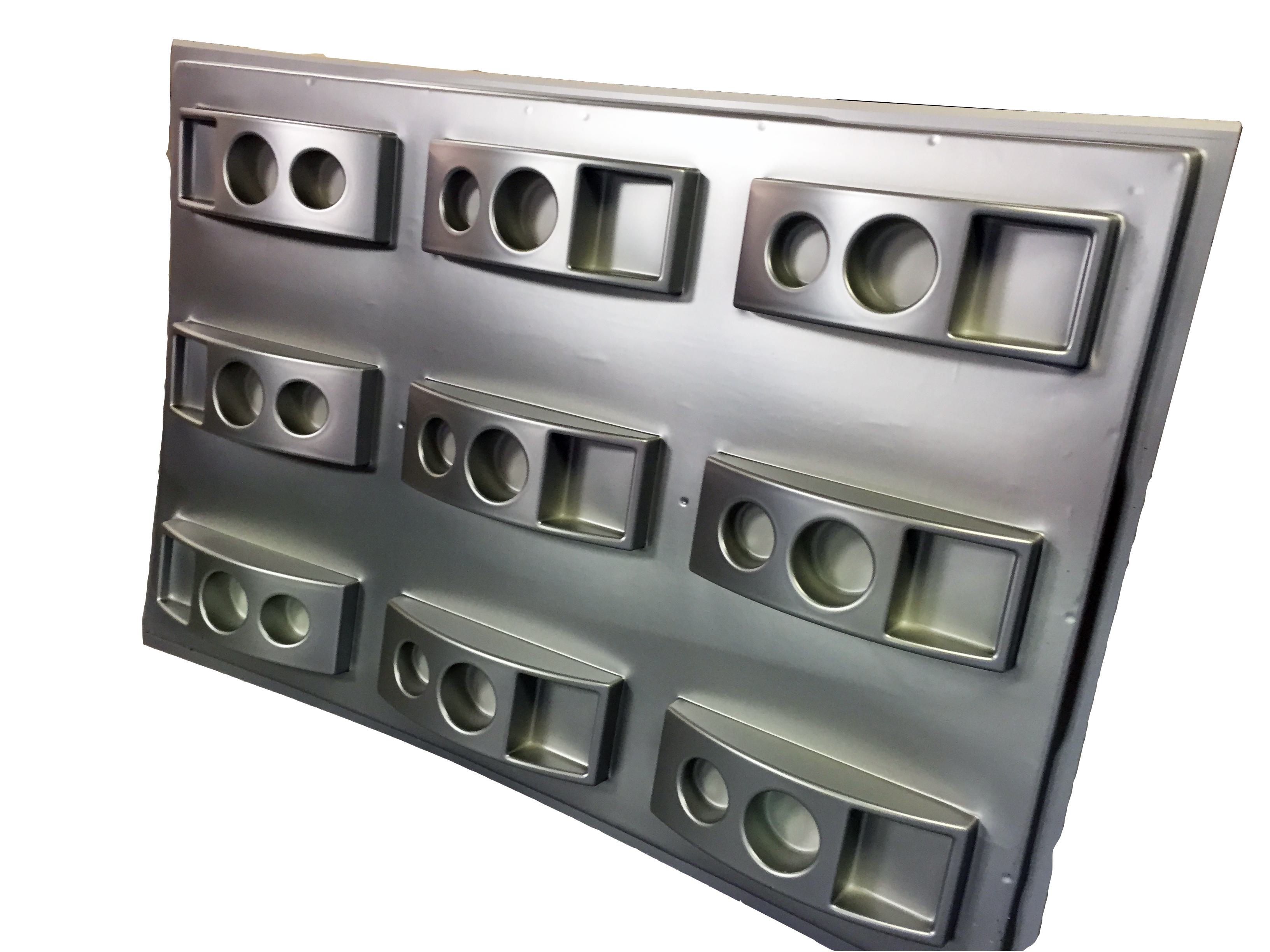
Key Considerations for Successful Vacuum Forming:
- Mold Design: A well-designed mold is essential for producing high-quality trays. Pay attention to draft angles, surface finish, and venting.
- Heating Control: Consistent and controlled heating is crucial for uniform forming.
- Vacuum Pressure: Adequate vacuum pressure is necessary to ensure the plastic conforms tightly to the mold.
- Material Selection: Choosing the right material for the application is paramount.
- Cooling Process: Proper cooling ensures the tray retains its shape.
Vacuum forming is a powerful technique for producing plastic trays in a variety of shapes and sizes. By understanding the process and paying attention to key considerations, manufacturers can create high-quality, functional trays for a wide range of applications. With the right equipment and expertise, vacuum forming can be a valuable asset in your manufacturing process.
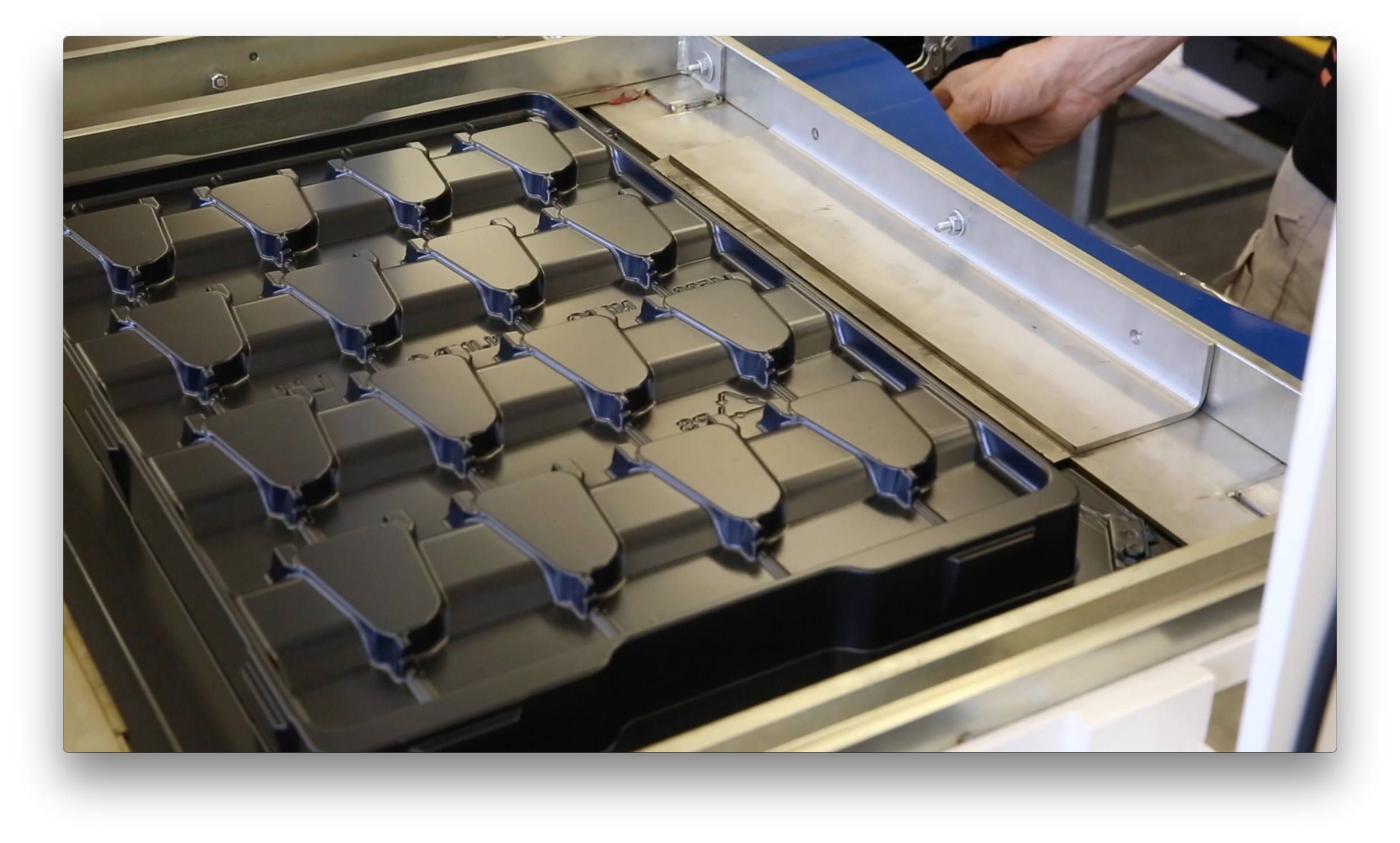
Formech: Your Partner in Vacuum Forming
Formech offers a wide range of vacuum forming machines designed to meet the needs of various manufacturers. From entry-level desktop machines for prototyping to high-production reel-fed automatic systems, we have the solutions to help you create high-quality plastic trays efficiently and cost-effectively.
Contact us today to learn more about our machines and how we can help you achieve your vacuum forming goals. Not sure which model will best suit your needs? Complete our helpful questionnaire and we’ll contact you with a proposal. Need something bespoke? Our Custom Solutions will design a machine to your exact specifications.
